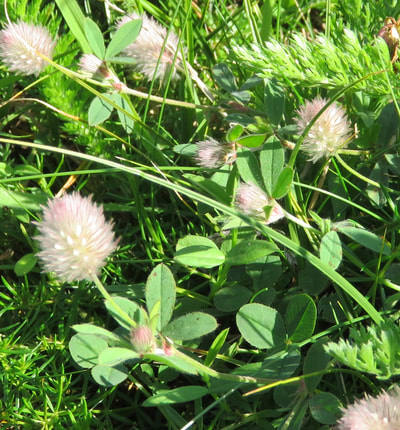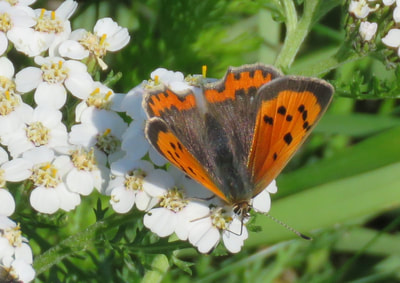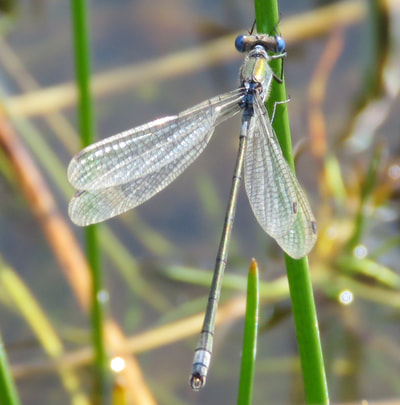 Small copper, North Walney 31 August
Small copper, North Walney 31 August Where shingle merges into sand dunes we found Hare's-foot clover- a pale pink, with soft hairs almost hiding the flower itself. A delicate clover, easily overlooked.
Yellow bartsia is a speciality of Morecambe Bay. The sun was too bright to photograph a yellow flower well but there are few on Walney, so here it is. Red bartsia was more abundant.
A bright and sunny day with dragonflies and damselflies breeding.
Lunch was leisurely and the scene reminded me of Pieter Breughel's painting, Childrens' Games. His landscape is crammed with little figures each intent on some obscure game. On the far bank of the pool someone brushed the vegetation with a butterfly net and sucked a tube to deliver into a glass phial his haul of frog hoppers, leaf hoppers and tiny insects. Someone else tucked his butterfly net under his arm to pick blackberries. Later, we looked for toadflax and huddled round to search its leaves for tiny larvae, wriggling caterpillars. I sat on the bank and a common darter settled on my foot. I'll have an emerald damselfly on the other sock please.
' Is there sea-lavender?' I asked Steve Benn, our Natural England guide. I know it from South Walney and it's a favourite. 'Coming up,' said Steve and led us off the heather and onto the salt-marsh. Which deserves a blog unto itself.
My thanks to Steve and his fellow guide. To Julie, for Hare's-foot clover, yellow bartsia and her knowledge of flora. To Ian and Krysia Brodie for identifying damselfly images and the spread-wing ID feature for the emerald. To Arnside Natural History Group for a generous sharing of information.













 RSS Feed
RSS Feed